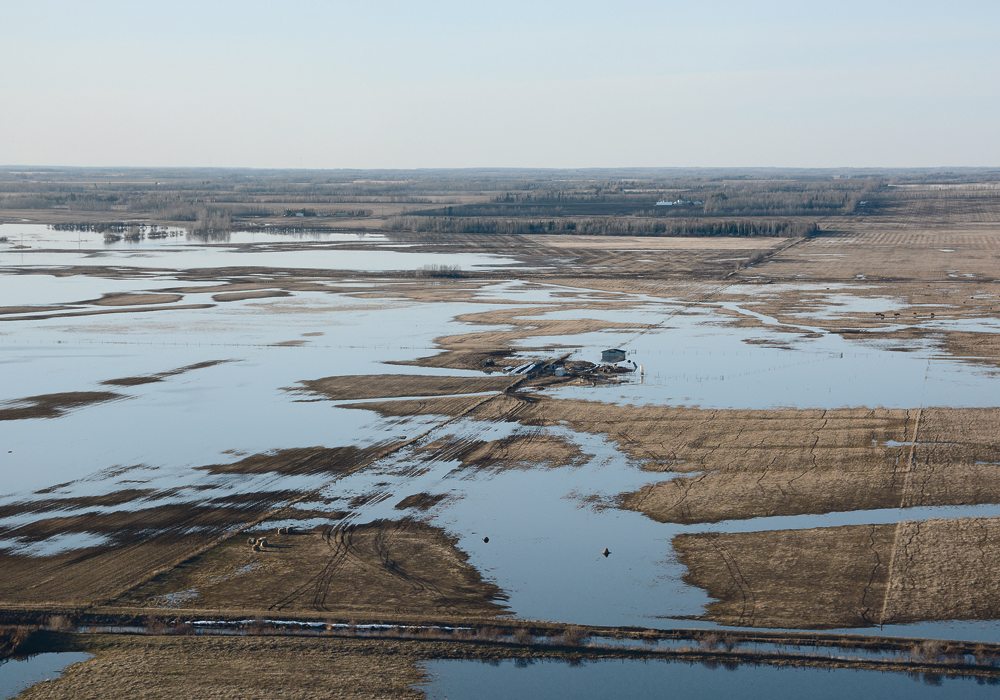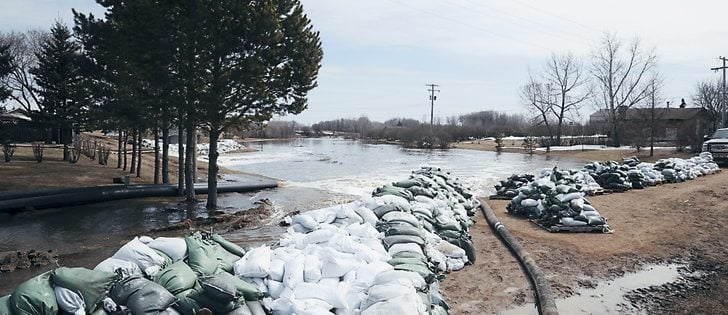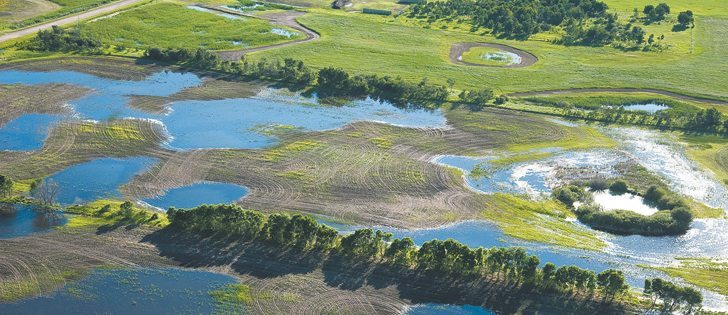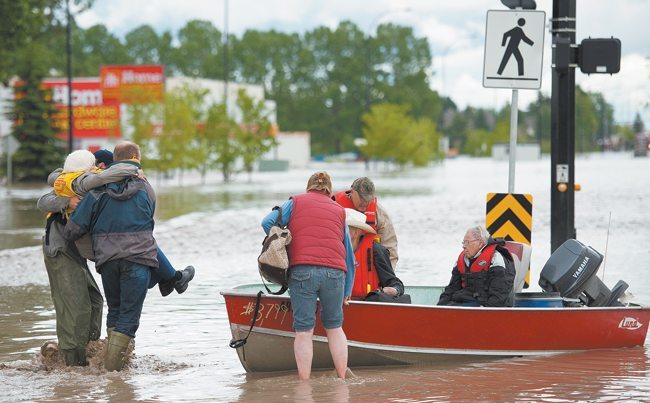A long-awaited but all-too-quick spring melt in central and northern Alberta is causing problems for municipalities and farmers.
Alberta Emergency Alerts, a provincial government service, had 27 communities on its list of those affected by flooding as of April 30 and nine emergency alerts affecting Mackenzie and Woodlands counties, the Grande Prairie region and municipal districts of Greenview and Fairview.
Overland flooding near DeBolt and Valleyview prompted an emergency update on the afternoon of April 30 in which people were warned of new road closures and barricades.
Some southern Alberta communities remain on the alerts list as they recover from previous flooding that caused damage resulting in road closures and weight limits on many rural routes.
As of April 30, there was an ice jam warning for the Beaverlodge River in the Peace River basin near the town of Beaverlodge and an ice jam watch on the Peace River downstream from Sunny Valley, the emergency service reports.
Ice jams are also a factor on the Athabasca River downstream from Whitecourt and downstream of Fort McMurray.
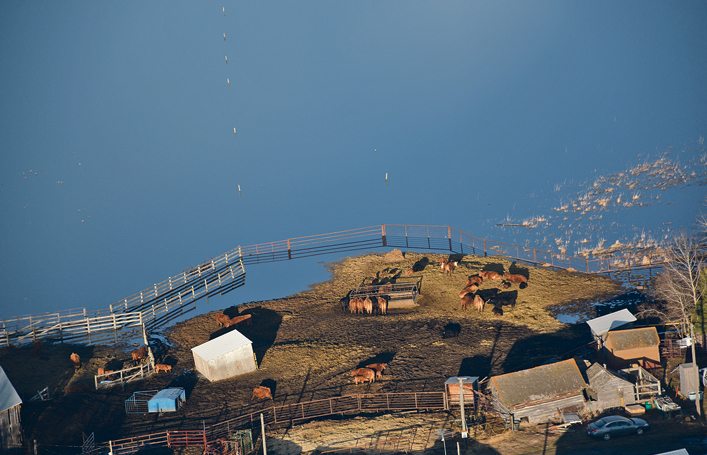
In the Red Deer River basin, high stream flow was reported on Kneehills Creek, Threehills Creek and the Rosebud River, as well as the Little Red Deer River near the mouth, Medicine River and the Red Deer River itself, downstream from the city of Red Deer.
“While Alberta’s spring overland flooding situation has stabilized in southern Alberta, it remains dynamic in central and northern regions of the province,” Alberta Emergency Alerts said April 30.
Photos of regions in Westlock County show that large portions of fields covered in water and seeding delays appear inevitable.
Leo Ludwig, chief administrative officer for Westlock County, said at peak, 50 roads and four bridges had to be closed because of overland flooding.
Read Also

Farming Smarter receives financial boost from Alberta government for potato research
Farming Smarter near Lethbridge got a boost to its research equipment, thanks to the Alberta government’s increase in funding for research associations.
“Things have settled down a fair bit,” he said April 30.
“We had quite an adventurous week last week. We’ve changed from response to recovery.”
Ludwig added that when the snow first started to melt, the ground was still frozen so runoff was inevitable. That, combined with fairly high soil moisture reserves due to wetter conditions in the past two years, exacerbated the situation.
In the MD of Fairview, Reeve Peggy Johnson said at one point the municipality ran out of barricades to block roads where water was overflowing or damaged by runoff.
However, as of April 30, Johnson said six of 10 closed roads had reopened and the worst of the overland flooding was over.
“Our public works department is going to be super busy” assessing and fixing roads, said Johnson.
Nora Paulovich of the North Peace Applied Research Association said flooding was not an issue in the Manning region but areas around Falher, Rycroft and Spirit River were much wetter and some field flooding had been reported.




